|
"Union Maid" was written by Woody Guthrie while he was a member of the Almanac Singers, along with Pete Seeger. The tune had its musical origins in a fiddle tune called "Red Wing," although, well, why not let Pete tell the story: I'm proud to say I was present when 'Union Maid' was written in June, 1940, in the plain little office of the Oklahoma City Communist Party. Bob Wood, local organizer, had asked Woody Guthrie and me to sing there the night before for a small group of striking oil workers. Early next morning, Woody got to the typewriter and hammered out the first two verses of 'Union Maid' set to a European tune that Robert Schumann arranged for piano ('The Merry Farmer') back in the early 1800s. Of course, it's the chorus that really makes it - its tune, 'Red Wing,' was copyrighted early in the 1900s. Here's Woody singing an excerpt: The full third verse, describing a woman's place in the union is heard on this recording of a NFS rehearsal: UnionMaid The lyrics were written by another Almanac Singer, Millard Lampell: You gals that want to be free, just take this tip from me Get you a man that's a union man and join the ladies' auxiliary Married life ain't hard, when you're carryin' a union card A married man has a happy life when he's got a union wife This was not the most progressive verse -- getting a man and joining the ladies' auxiliary to make your man happy? -- (although keep in mind that unions had only been legalized in the US five years earlier, in 1935). Subsequently, as women's roles in the labor movement changed, new verses were written to reflect their importance. A verse credited to Nancy Katz: A woman’s struggle is hard, even with a union card; She’s got to stand on her own two feet and not be a servant of a male elite. It’s time to take a stand, keep working hand in hand, There is a job that’s got to be done, and a fight that’s got to be won. From Carry It On! edited by Seeger and Bob Reiser (1985): You women who want to be free Just take a little tip from me Break out of that mold we've all been sold You got a fighting history The fight for women's rights With workers must unite Like Mother Jones, bestir them bones To the front of every fight By the way, if you look carefully at the photos from the NFS rehearsal (click to embiggen), you can read historically accurate labor signs as researched by our own Jeannie R. There are more of them that aren't pictured, so come to our show on May 6 and see them all. Here's a gallery of some of the photos Jeanie found from the Catherwood Library of Cornell University: Finally, if you're in a hurry but want to hear the whole song, here's a speedy version by the Old Crow Medicine Show:
0 Comments
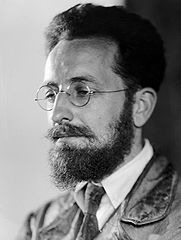 Charles Seeger Charles Seeger This season our song selection revolves around Pete Seeger and works he wrote, popularized or inspired (in the case of "Pete and Woody"). Pete is an icon of American folk music, and I was reminded that his family has been entwined with music as performers, composers and scholars for generations. The Loeb Music library at Harvard has a room in the basement where ethnomusicological works are shelved. Ethnomusicology being the "anthropology of music," this collection ranges from works that cover the archaeology of music from ancient Egypt and Mesopotamia, to studies of contemporary music from every continent, to folk traditions from Europe and the Americas. A sign in the room identifies it as the Charles L. Seeger, Jr. Room. Charles Seeger graduated from Harvard in 1908. He composed, conducted and performed music, but is probably best remembered for his scholarly work studying musical cultures, his teaching, and his collaboration with his wife Ruth and the father and son team of John and Alan Lomax in creating the Archive of Folk Song for the Library of Congress. Pete was the son of Charles' first marriage to violinist Constance de Clyver Edson, which ended in divorce. Charles' second marriage was to Ruth Crawford Seeger, a modernist composer. Ruth’s background as a composer was helpful in transcribing many of the recordings collected by the Lomaxes and archived by the Library of Congress (and subsequently published by Smithsonian Folkways and now online). Her marriage to Charles produced four children — Pete’s half-siblings — including Peggy and Mike. Peggy Seeger has been a folk-singer, songwriter, political activist and muse. She recorded (with her brother Mike) American Folk Songs for Children (1955) and wrote “I’m Gonna Be an Engineer.” The Seeger family has always been left-leaning (Charles lost a job at UC Berkeley for opposing American involvement in the First World War — too liberal for Berkeley!). Peggy travelled to the Soviet Union and China before US had diplomatic relations with the Communist nations and ran into trouble with the US Dept of State. As a result, she ended up as an ex-pat in England where she met Ewan MacColl. They had three children together (although he was married to another at the time) and MacColl wrote a song about falling in love with her. You may remember Roberta Flack’s version of that song, The First Time Ever I Saw Your Face: Oh, also, one of MacColl’s daughters (not with Peggy) was Kirsty, the awesome singer and songwriter who sang on The Pogues’ most excellent Christmas song: “Fairytale of New York,” (produced by Kirsty MacColl’s husband at the time, Steve Lillywhite [who also produced an album called "Boy" for some Irish band {who came here expecting a U2 reference? Not me}]). She also recorded Electric Landlady, which not only has the best title for an album ever (probably suggested by Johnny Marr of the Smiths), but also includes the song “In These Shoes?” Okay, so Kirsty MacColl is Pete Seeger’s half-sister’s lover’s daughter. Back to the Seegers. Peggy’s brother Mike Seeger (Pete’s half-brother) was an accomplished folk musician who formed a trio called the New Lost City Ramblers, an important band that produced a more old-timey sound, more historical and not as polished as his half-brother’s band The Weavers. Here’s an NPR story on the 50th anniversary of the New Lost City Ramblers. It’s not hard to draw a direct line from Mike Seeger to events like the annual Lowell Banjo and Fiddle Festival. The latest folk-singing Seeger to gain some prominence is Tao Seeger, the grandson of Pete and his wife Toshi. Here’s Tao singing one of his grandfather’s songs: He also performed with his grandfather, Bruce Springsteen and a few other folks at President Obama’s inauguration: Tao records in Spanish and English and has performed with The Mammals, as well as with Sarah Guthrie. But her family is a tale for another day.  Happy birthday, Woody! Happy birthday, Woody! To mark the centennial anniversary of Woody Guthrie's birthday, Newton's own Tom Ashbrook recently devoted an hour of his On Point show on WBUR to an examination of the importance of Guthrie's "This Land Is Your Land:" Woody Guthrie wrote “This Land is Your Land” in a nothing-special hotel in New York, in the middle of writing a bunch of other songs. Wrote it longhand in a child’s school composition notebook. It sat in that notebook for years. It’s not clear he thought much of it... But it got out, into school songbooks around the country. And took off, like a second national anthem. The podcast traces the fascinating history of this iconic song, how it was sanitized for school kids in the 1950's by the removal of the "secret" verses, so as not to offend the sensibilities of the anti-communists that dominated the discourse at the time. Here are the verses that don't appear in most elementary school songbooks:
Listen to Gutherie’s original recording: While the “schoolhouse” version of the song still maintained the verses that celebrated the beauty of the country, in Guthrie’s plainspoken poetry, it clearly didn’t communicate the nuanced view that Guthrie had of the America he had seen up close, “From California to the New York Island.” As a traveling minstrel, Guthrie criss-crossed America during the 193o’s and 1940’s and saw both the grandeur and the injustice that made America such a contradictory and complex country, a country full of promise and problems, one that Guthrie loved dearly, and was still yet to fulfill the promise of its founding principles. Roots Interestingly, Guthrie lifted the melody and chord progression directly from The Carter Family’s “When the World’s On Fire,” This practice reflects an age-0ld tradition where folk music literally belongs to the people, and anyone can take a song and make it new by writing new lyrics to make it current again. Hard to believe that, in this age of copyright lawsuits, when people are sued for thousands of dollars if they dare to download a copy of a song they like, that a musician like Guthrie would encourage others to take his music and update his lyrics to their own use, the way he did with the original Carter Family tune, and in fact the way every musician before him and since crafts songs by drawing on a tradition of music and a wellspring of songs and melodies that their musical predecessors have given the world. Hidden in Plain Sight It’s fascinating to hear how Guthrie’s work was kept alive and vital through the work of his son, Arlo, and his protogee, Pete Seeger, as they both continued to sing Woody’s songs to audiences that never had a chance to hear Woody Guthrie sing them himself. Even as Pete Seeger was driven out of the “mainstream media” in the 1950’s by the same clique of anti-communists that found the sentiments of Guthrie’s “secret verses” intolerable, he continue to sing to school kids, churches, and union halls, keeping the song alive in its full form, a reminder that, even if you can’t play your music on the TV or the radio, no one can stop you from picking up your guitar and joining your voices in harmony wherever people may gather and meet. At the same time, millions of kids sang the “safe” version of Guthrie’s song in schools across the country, so the strains of the melody would be forever embedded in their unconscious, ready for the time when the whole song, all the verses, could be sung aloud, still ringing with meaning and relevance. For now, almost 80 years after Woody Guthrie first wrote the words to “This Land is Your Land” in his neat, precise penmanship, we face many of the same problems that he knew from firsthand experience: massive disparities between the rich and the poor, a financial and political system that serve the interests of a narrow elite, increasing hardship and suffering for the majority of Americans while a few gorge themselves on power and privilege, and a sense that the country has perhaps lost its way, lost sight of the ideals that animated our rise from a few tenuous colonies on the edge of a vast and mysterious wilderness to a world-spanning colossus that espoused freedom and democracy as an antidote to tyranny and oppression. His lyrics still ring true today, reminding us how much work still remains for us to reach those lofty goals, yet how much hope and beauty we can find just by looking out to our “endless skyway.” Guthrie understood that the people of this country, be they poor, hungry, dispossessed, are still the greatest strength and hope, that our freedom to savor the splendor of our nation connects us to the country’s founding principles, and protects us still from the tyranny of unchecked power and wealth: “Nobody living can ever stop me, / As I go walking that freedom highway.” For this reason, Guthrie’s song remains an anthem that’s just as relevant today as it was when he wrote it on February 23, 1940, a song of protest and solidarity for every American who longs for a day when words like “freedom and justice for all” are more than just a far off ideal or a fairy tale from a history book. Some Other Versions You May Enjoy Guest Tom Morello, guitarist from Rage Against the Machine, sings This Land and strums his acoustic, as he does at many Occupy rallies across the nation (warning: contains naughty words): Springsteen, in the middle of the Reagan years, sings a poignant version at the height of his career: Pete Seeger and Springsteen, in Washington DC, sing all the verses, with everyone helping out: To hear many other Woody Guthrie songs, with others from the American songbook, join us on May 6 at our spring concert. Terry Gross recently had a long interview with Carole King on Fresh Air, where they discussed becoming a songwriter, Gerry Goffin (King’s writing partner and ex-husband), and King’s life in music. It’s worth listening to. To put the conversation in a bit of context, Gross wanted to be a songwriter when she was younger, and King was just a few years older and from around the same neighborhood. One thing King doesn’t talk about in that interview is how she became a performer: she moved to Los Angeles (Laurel Canyon, specifically) and was part of James Taylor’s band. JT encouraged her to sing her songs on stage as part of their set.
Taylor recorded King’s song “You’ve Got a Friend” (and played guitar on her recording of it on Tapestry). On their recent reunion album “Live at the Troubadour,” Taylor says, to introduce the song:
For an altogether weirder, fictional take on King’s world, you can check out the Alison Anders movie “Grace of My Heart” (IMDb, Wikipedia) which follows a songwriter through a tumultuous marriage and eventual success on stage. The movie’s a bit goofy, but if you know the people who made pop music in that era, it’s fun to see how they are fictionalized. In fact, Pete inspired me (Jack Cheng) to write an article about him which was published in the Newton TAB this week. This is how it starts:
Pete Seeger turns 93 on May 3. He is known as a songwriter for writing songs as well-known as “Where Have All the Flowers Gone” and “Turn, Turn, Turn,” as an advocate of folk music for popularizing and adapting the songs of others, like “Oh, When the Saints” and “Hine Ma Tov,” as a performer with The Weavers and in numerous solo recordings, and as the author of a number of books of songs and musical instruction. He is surely all of those things, but I think his primary influence has been as a music enthusiast, encouraging all of us to pick up an instrument, open our mouths and sing. Read more The main thrust of the article is that Seeger inspired a few of us to create a family singing group, and inspired more of us to join and have weekly fun, singing and playing songs together. He also, along with his friend Woody Guthrie, inspired Andy Rogovin to write a beautiful new song called "Pete and Woody." Our musical director Chris Eastburn added some great vocal arrangements to the song, alluding to some of Pete and Woody's best known songs. The world premiere presentation of "Pete and Woody" will be at our concert on Sunday May 6, 2012 at the Memorial Spaulding school in Newton. |
AuthorJack Cheng directs the Clemente Course in Dorchester, excavates in the Middle East, and writes in Waban, MA. Archives
October 2019
Categories |
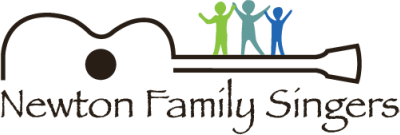
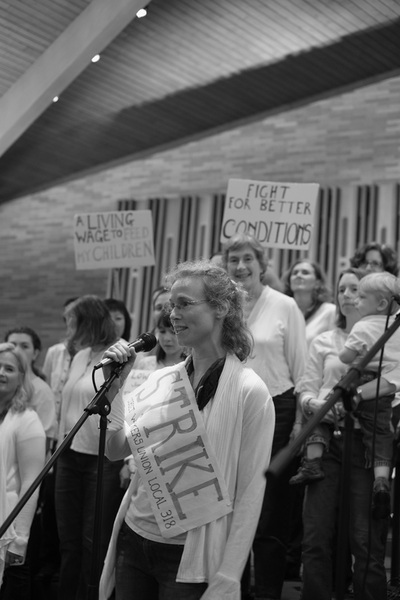
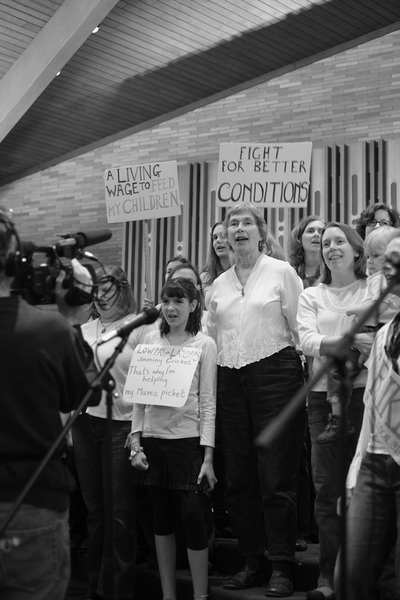
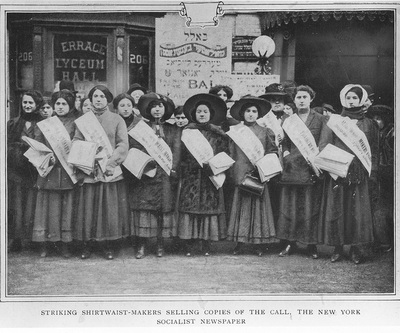
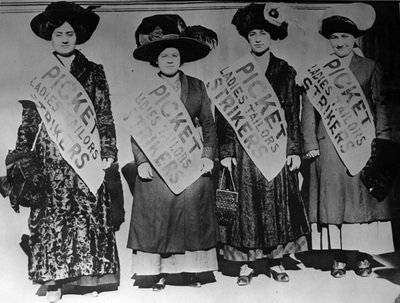
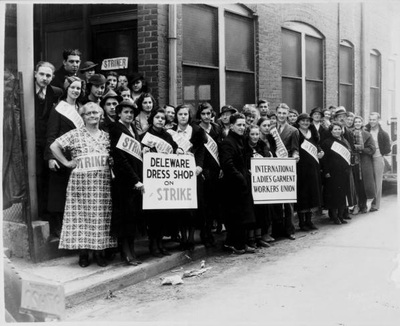
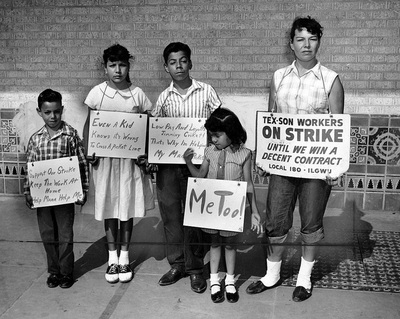
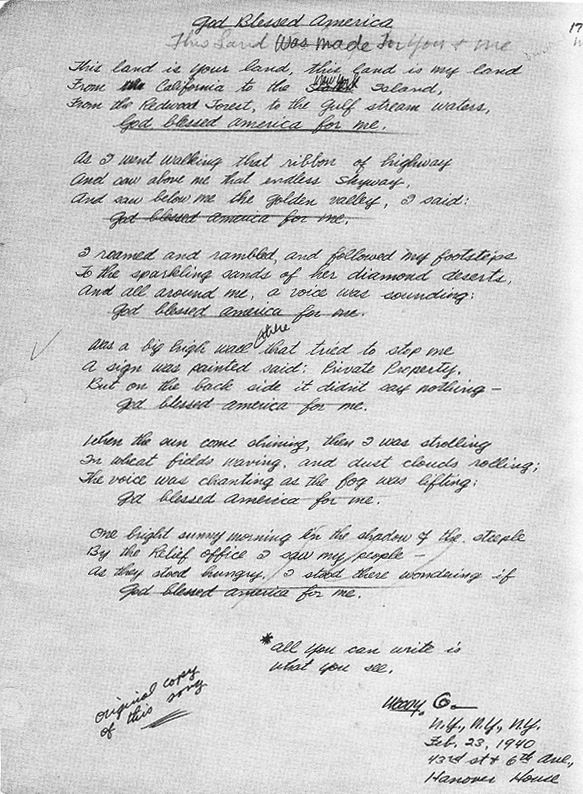

 RSS Feed
RSS Feed
